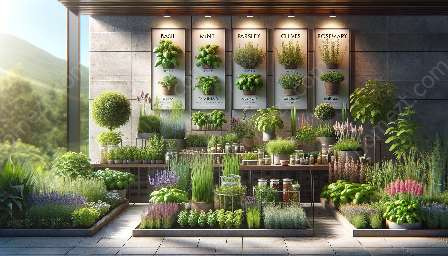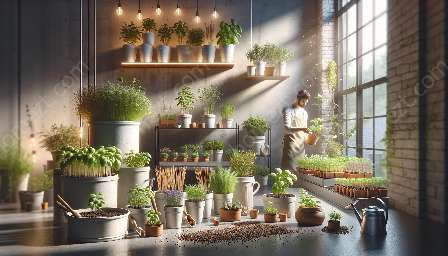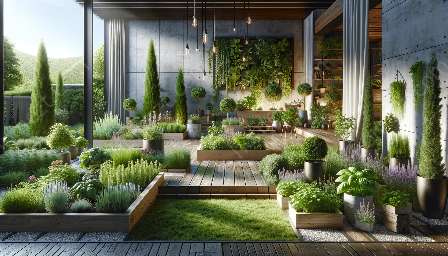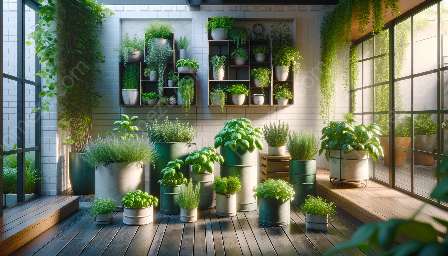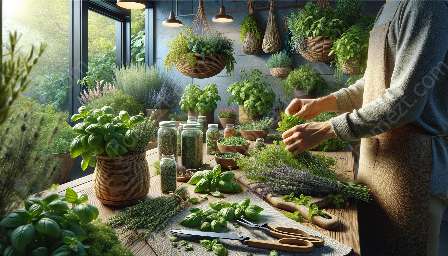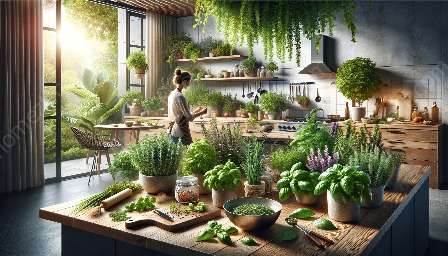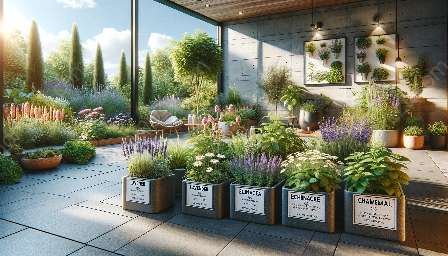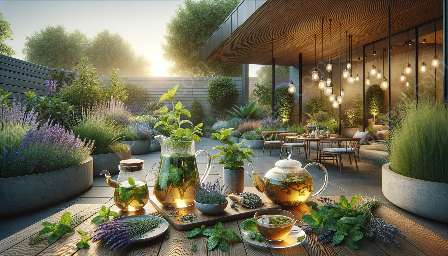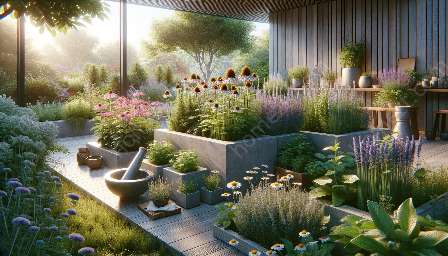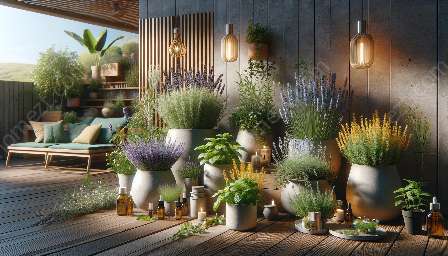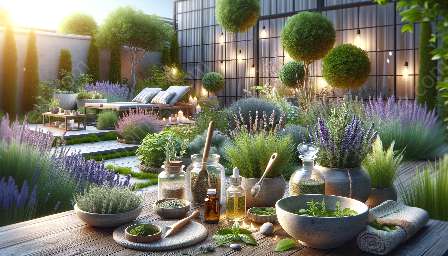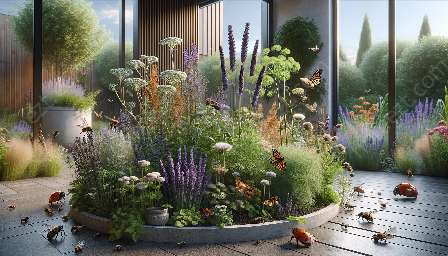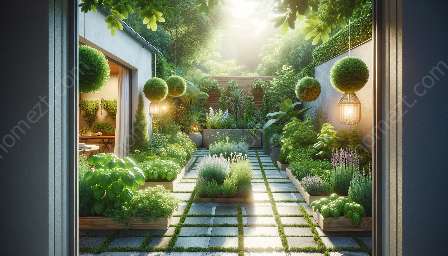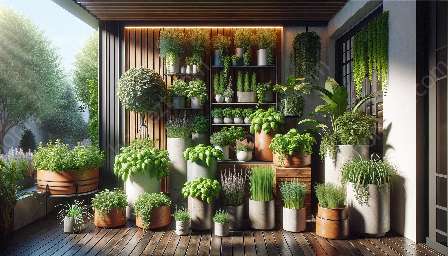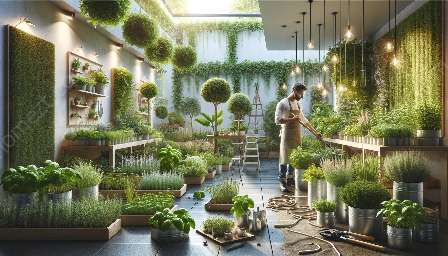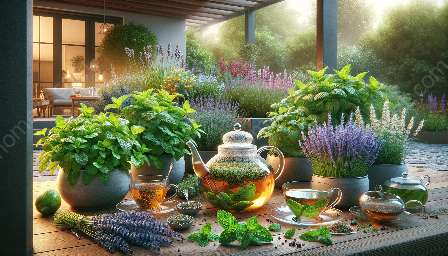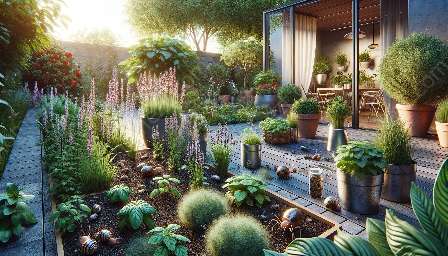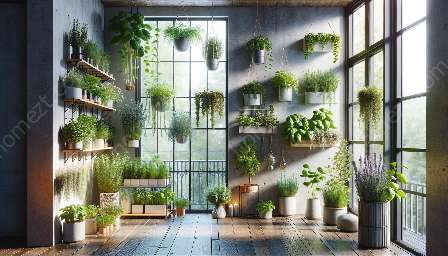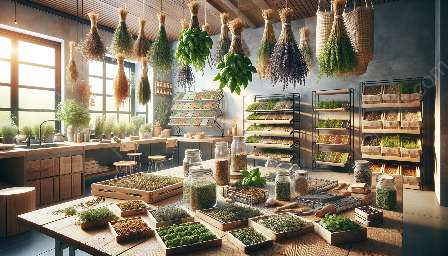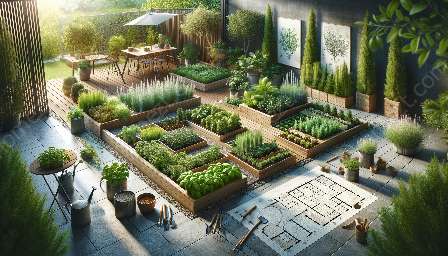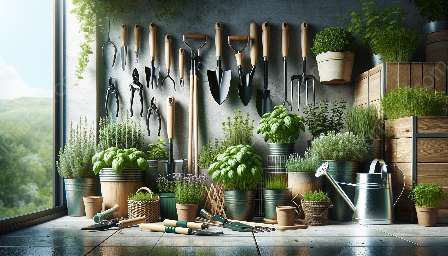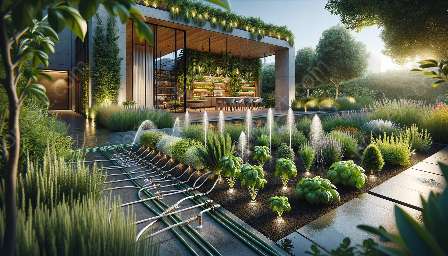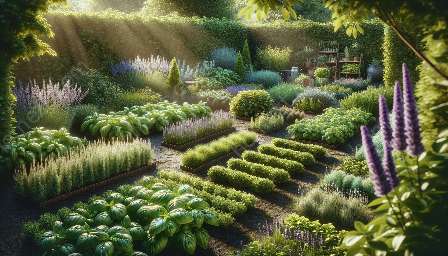Container gardening has become increasingly popular, especially for those living in urban areas or with limited outdoor space. For herb enthusiasts, this method offers a convenient way to grow a variety of herbs right at their doorstep. In this comprehensive guide, we will explore the art of container gardening for herbs, covering everything from herb selection and container options to maintenance tips.
Herb Selection
One of the first steps in starting a container herb garden is choosing the herbs you want to grow. Consider your culinary preferences and the local climate when making your selections. Some popular herbs for container gardening include basil, thyme, rosemary, mint, and cilantro. Keep in mind the growth habits of different herbs; for example, mint tends to spread rapidly, so it's best to plant it in a separate container.
Container Options
When it comes to container options for herbs, there are plenty of choices to suit different needs and aesthetics. Traditional terra cotta pots are classic and allow for good air circulation, but they can dry out quickly, requiring more frequent watering. Plastic or resin containers are lightweight and retain moisture well, making them ideal for herbs that prefer consistently moist soil. Self-watering containers are also available, providing a convenient solution for busy individuals.
Soil and Drainage
Use a well-draining potting mix specifically formulated for container gardening. Good drainage is crucial for herb plants, as they are susceptible to root rot if the soil becomes waterlogged. Consider adding a layer of small stones or broken pottery at the bottom of the container to enhance drainage.
Maintenance
Proper maintenance is essential for the health and productivity of herb plants. Regular watering is important, but be cautious not to overwater, as this can lead to root rot. Most herbs thrive in full sun, so be sure to place your containers in a sunny spot. If you're growing herbs indoors, supplement natural light with a grow light to ensure healthy growth.
Companion Planting
In addition to their culinary uses, many herbs have natural pest-repelling properties. Consider companion planting with herbs such as lavender, sage, or chives to deter common garden pests. This approach not only enhances the health of your herb garden but also adds a delightful mix of scents and colors.
Harvesting and Pruning
To encourage bushy growth and prolong the productivity of your herb plants, regular harvesting and pruning are necessary. Harvest leaves in the morning when essential oils are at their peak concentration for the best flavor. Pruning should be done with sharp, clean scissors to prevent damage to the plants.
Conclusion
Container gardening for herbs is a rewarding and practical way to enjoy fresh, flavorful herbs, whether you have a spacious garden or a compact balcony. By carefully selecting suitable herbs, choosing the right containers, and providing proper care, you can create a stunning herb garden that enhances your living space and culinary experiences.


